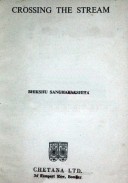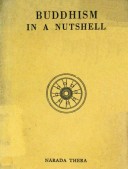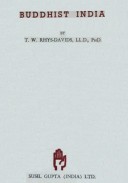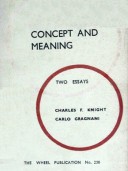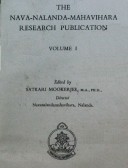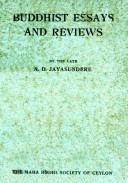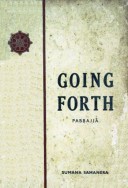Tìm Sách
Sách tiếng Anh-English >> Practical English Usage
Thông tin tra cứu
- Tên sách : Practical English Usage
- Tác giả : Michael Swan
- Dịch giả :
- Ngôn ngữ : Anh
- Số trang : 559
- Nhà xuất bản : Tổng Hợp TP. HCM
- Năm xuất bản : 1980
- Phân loại : Sách tiếng Anh-English
- MCB : 12100000011602
- OPAC :
- Tóm tắt :
Introduction
The purpose of this book.
English, like all languages, is full of problems for the foreign learner. Some of these problems are easy to explain – for instance, the formation of questions, the difference between since and for, the meaning of after all. Other problems are more tricky, and cause difficulty even to advanced students and teachers. How exactly is the present perfect tense used? What are the differences between at, on and in with expressions of place? We can say a chair leg – why not ‘a girl leg? What are the real rules for the use of like and as? When can we use the expression do so? When is of used after both? What is the difference between come and go, between each and every, between beach, coast and shore, between fairly, quite, rather and pretty? Is it correct to say There’s three more bottles in the fridge? How do you say 3 x 4 = 12? And so on, and so on.
This book is a practical reference guide to problems of this kind. It deals with over 600 points which regularly cause difficulty to foreign students of English. Most of the questions treated are grammatical, but there are also explanations of a certain number of common vocabulary problems (c g the difference between big, great and large).
Level
The book is intended for intermediate and advanced students, and for teachers of English. Being a reference book, it contains information at various levels, ranging from relatively simple points to very advanced problems.
Organization
Problems are mostly explained in short separate entries; the book is more like a dictionary than a grammar in form. This makes it possible to give a clear complete treatment ot each problem, and enables the user to concentrate just on the point he needs information about. Entries are arranged (roughly) alphabetically by title, and numbered in sequence; a comprehensive index shows where each point can be found.
CONTENTS
Introduction
Phonetic alphabet
Language terminology
Practical English Usage
Index
 Facebook
Facebook
 Google
Google
 Google+
Google+


